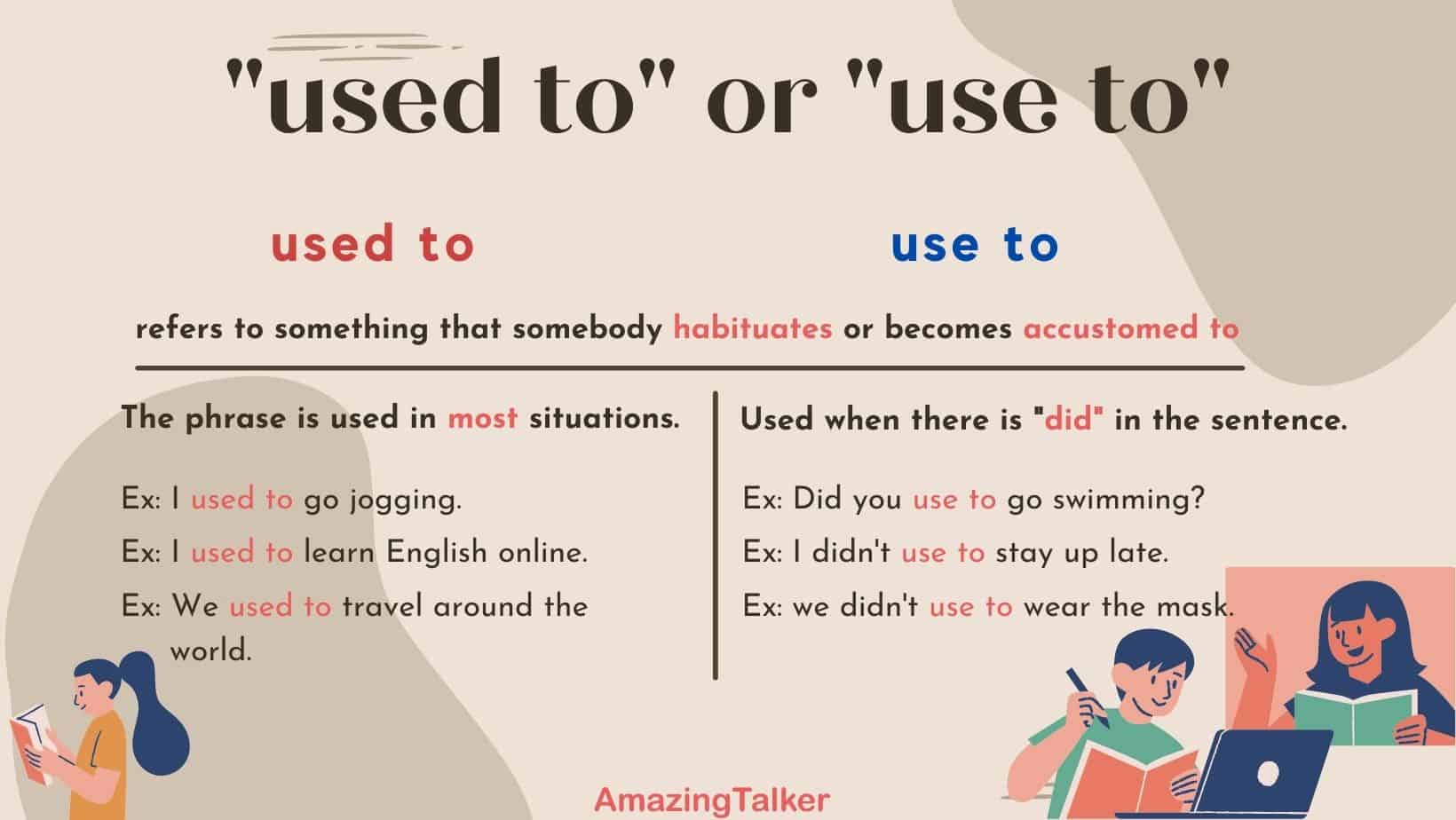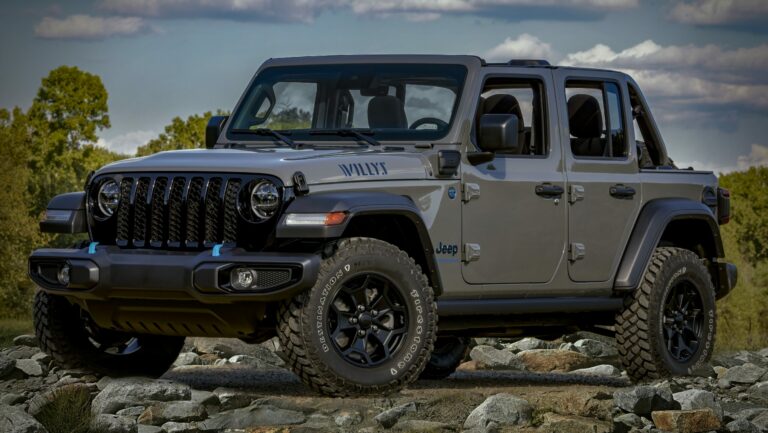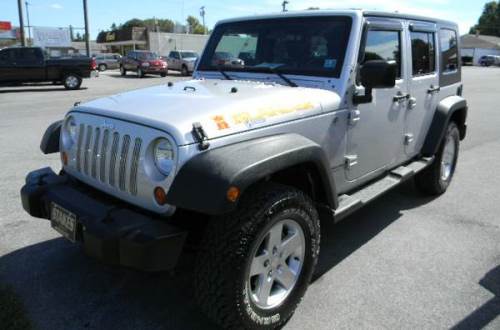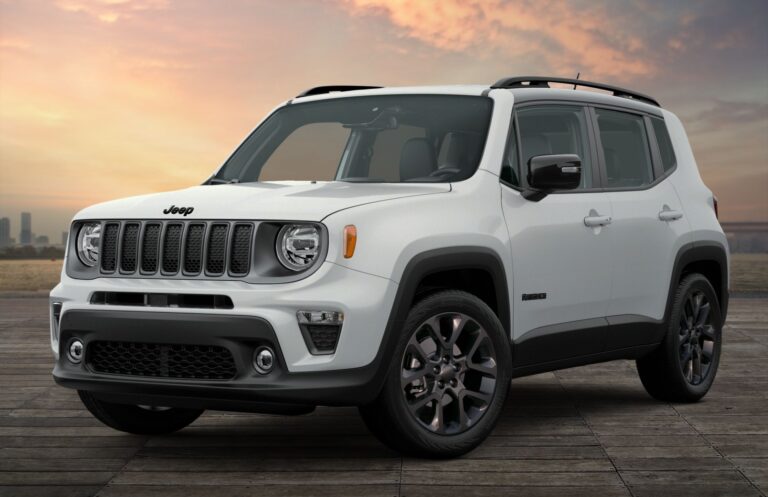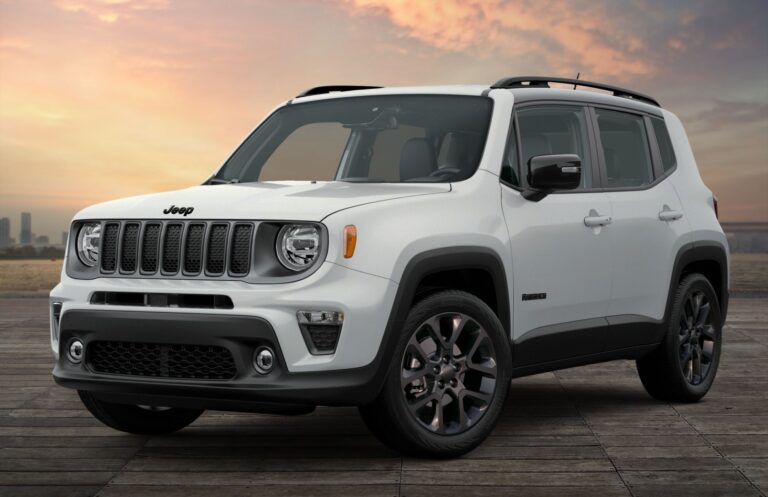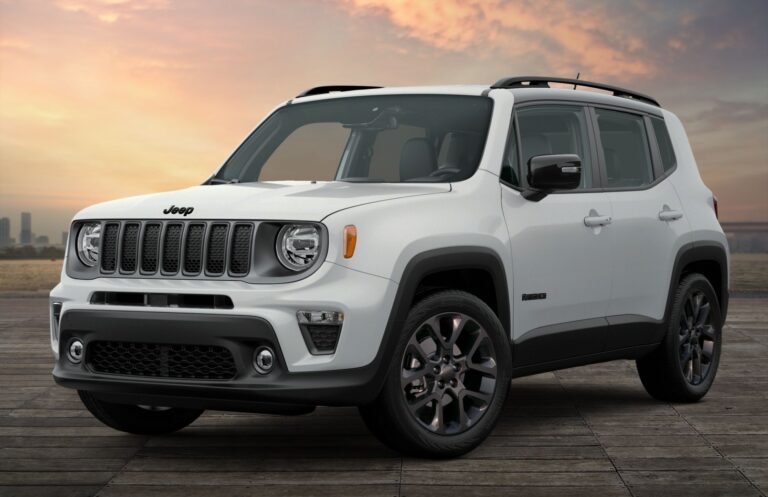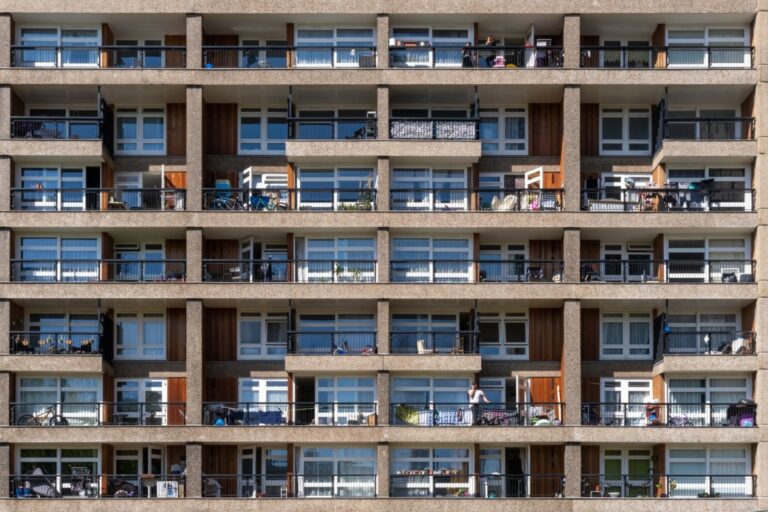Used Jeep Frames For Sale: Your Blueprint for Restoration, Custom Builds, and Adventure
Used Jeep Frames For Sale: Your Blueprint for Restoration, Custom Builds, and Adventure jeeps.truckstrend.com
For many Jeep enthusiasts, the vehicle is more than just transportation; it’s a statement, a hobby, and a lifestyle. Whether you’re embarking on a full restoration of a classic CJ, building a custom off-road monster, or simply need to replace a severely rusted or damaged chassis, the prospect of finding a "used Jeep frame for sale" often becomes a crucial turning point. This comprehensive guide will delve into everything you need to know about acquiring, inspecting, and utilizing a used Jeep frame, transforming a bare metal skeleton into the foundation of your next great automotive adventure.
A Jeep frame is the very backbone of the vehicle, providing structural integrity, housing the drivetrain, suspension, and steering components, and ultimately determining the vehicle’s geometry and handling characteristics. For many older Jeep models, particularly the iconic CJs, YJs, and TJs, the original frames can succumb to rust, off-road abuse, or accident damage over decades of service. Sourcing a used frame offers a cost-effective and often more authentic alternative to fabricating new sections or, in some cases, scrapping an entire project due to frame issues. It’s an entry point for bringing a cherished classic back to life, or the robust starting point for a unique custom build that pushes the boundaries of off-road capability.
Used Jeep Frames For Sale: Your Blueprint for Restoration, Custom Builds, and Adventure
Why Opt for a Used Jeep Frame?
Choosing a used Jeep frame is a decision driven by several compelling factors, each offering distinct advantages depending on your project’s scope and goals:
- Cost Savings: Brand new frames, if even available for older models, can be prohibitively expensive. A used frame significantly reduces the initial investment, freeing up budget for other critical components like axles, engines, or bodywork.
- Authenticity for Restorations: For purists restoring a vintage Jeep, finding a period-correct used frame, especially one with an intact VIN (Vehicle Identification Number), maintains the vehicle’s historical accuracy and value. It allows for a more genuine restoration than using a fabricated or heavily modified alternative.
- Availability for Discontinued Models: Many beloved Jeep models, like the CJ series or the TJ Wrangler, are no longer produced. New frames are virtually impossible to find, making the used market the only viable source for a replacement chassis.
- Foundation for Custom Builds: Enthusiasts looking to create highly specialized off-road vehicles, rock crawlers, or overland rigs often start with a bare frame. A used frame provides a solid, factory-engineered foundation that can be modified, stretched, or reinforced to meet extreme demands without starting from scratch.
- Repairing Damaged Vehicles: If your current Jeep’s frame is bent, cracked beyond repair, or severely compromised due to an accident or severe rust, replacing the frame can be a more economical solution than purchasing an entirely new vehicle, especially if the rest of your components are in good condition.
- Environmental Responsibility: By repurposing a used frame, you’re contributing to sustainability by reducing waste and extending the life cycle of automotive components.

Types of Used Jeep Frames Available
The used Jeep frame market is diverse, primarily categorized by the specific Jeep model and the frame’s condition. Understanding these categories is crucial for narrowing your search:
-
By Model:
- CJ Frames (CJ-2A, CJ-3A, CJ-3B, CJ-5, CJ-7, CJ-8 Scrambler): These are highly sought after for classic restorations. They are generally simpler in design (leaf spring suspension) but prone to rust due to their age. CJ-7 and CJ-8 frames are particularly popular for their slightly longer wheelbase and versatility.
- YJ Wrangler Frames: Representing the first Wrangler generation (1987-1995), YJ frames also utilize leaf springs. They are a good option for those seeking a slightly more modern, yet still classic, feel than a CJ, and can be found at varying price points.
- TJ Wrangler Frames (including LJ Unlimited): The TJ (1997-2006) introduced coil spring suspension, making these frames highly desirable for their improved ride quality and off-road articulation. The LJ (long wheelbase TJ Unlimited) frames are especially prized for their extra length, offering more cargo space and stability, making them ideal for overland builds.
- JK Wrangler Frames (2007-2018): As a more modern and complex design, JK frames are often sought as replacements for accident-damaged vehicles. They are significantly more robust and feature advanced mounting points for modern components.
- JL Wrangler Frames (2018-Present): Less common in the used market due to their newness, JL frames are typically only available from severely wrecked vehicles.
- Other Jeep Models (XJ, ZJ, WJ): While primarily unibody construction, some enthusiasts might refer to subframes or body mounts for these models. However, the true "frame" market primarily revolves around the body-on-frame Wrangler and CJ series.
-
By Condition:
- Rust-Free/Excellent Condition: These are the "holy grail" finds, often coming from dry climates. They command the highest prices but require minimal preparation.
- Minor Surface Rust: Common and manageable. This type of frame usually needs sandblasting and a good coating but is structurally sound.
- Moderate Rust/Localized Damage: These frames will be cheaper but require significant work, including rust cutting, welding, and potentially professional repairs to bent sections. This is suitable for those with fabrication skills or a willingness to invest in professional services.
- "Roller" Frames: Sometimes a frame comes as a "roller," meaning it includes axles, springs, and possibly steering components. These can be a great value if the included parts are usable.
Where to Find Used Jeep Frames
The search for the perfect used Jeep frame can take you to various corners of the automotive world:
- Online Marketplaces: Websites like Craigslist, Facebook Marketplace, and eBay are popular starting points. Be sure to use specific search terms like "Jeep CJ7 frame," "TJ Wrangler frame rust free," or "YJ frame for sale."
- Specialty Jeep Parts Dealers/Salvage Yards: Many businesses specialize in dismantling Jeeps and selling parts. These sources often have a consistent inventory and can provide more detailed information and potentially even shipping services. Look for "Jeep salvage," "Jeep dismantlers," or "4×4 junkyard" in your area.
- Jeep Forums and Enthusiast Groups: Online forums (e.g., JeepForum.com, Pirate4x4.com) and Facebook groups dedicated to specific Jeep models are excellent places to find frames for sale by private owners. The community aspect often provides valuable insights and honest descriptions.
- Auto Wreckers/Salvage Yards (General): While less specialized, larger auto wrecking yards might occasionally have a suitable Jeep frame. It’s worth calling ahead to inquire.
- Jeep Swap Meets and Events: Attending local or regional Jeep swap meets allows for in-person inspection and negotiation, often leading to great deals.
Essential Considerations Before Buying
A used Jeep frame is a significant investment in your project, both financially and in terms of the time you’ll put into it. Thorough due diligence is paramount:
- Rust: The Ultimate Enemy: This is the most critical factor. Inspect every inch of the frame for rust, especially common problem areas:
- Frame Rails: Look for bubbling, flaking, or holes, particularly near suspension mounts, body mounts, and where dirt/water collects.
- Crossmembers: Especially the rear crossmember and the skid plate mounts.
- Spring Perches/Control Arm Mounts: These areas bear significant stress and can be highly susceptible to rust.
- Body Mounts: Often rust out due to trapped moisture.
- Use a small hammer to gently tap suspected areas; a dull thud or a hole indicates severe rot. A magnet can also reveal areas filled with body filler over rust.
- Damage and Straightness: Check for any signs of bending, twisting, or cracks. Look down the frame rails from front to back to see if they are straight. Minor bends might be repairable, but a twisted or severely bent frame is usually not worth the effort unless you’re a professional fabricator with the right equipment.
- VIN Matching and Paperwork: This is crucial for legality and registration.
- Intact VIN: Ensure the VIN stamp on the frame (usually on the passenger side frame rail near the front) is legible and matches any accompanying paperwork.
- Bill of Sale: Always get a detailed bill of sale from the seller.
- Title/Salvage Certificate: In some states, a frame might come with a title or salvage certificate, especially if it was part of a totaled vehicle. Understand your local Department of Motor Vehicles (DMV) requirements for registering a vehicle built on a replacement frame. This can vary wildly by state and can be a significant hurdle.
- Completeness: Does the frame come bare, or does it include suspension mounts, engine mounts, steering box mounts, or even axles? A more complete "roller" might save you time and money on sourcing individual components.
- Shipping and Transport: Frames are large and heavy. Factor in the cost and logistics of transporting the frame from the seller to your location. Local pick-up is always ideal, but freight shipping can be expensive.
- Seller Reputation: Buy from reputable sellers or individuals with good feedback. If buying sight-unseen, request numerous high-resolution photos and videos, and consider using a third-party inspection service if the frame is a significant distance away.
- Pre-Purchase Inspection: If at all possible, inspect the frame in person. Bring a flashlight, a small hammer, and a keen eye.
The Purchase Process: A Step-by-Step Guide
- Define Your Needs: Be clear about the specific Jeep model, desired condition, and your budget.
- Research and Locate: Utilize online marketplaces, specialty dealers, and forums. Set up alerts for new listings.
- Initial Contact and Questions: Reach out to sellers with specific questions about rust, damage history, VIN legibility, and included components. Request clear, detailed photos of all angles, especially problem areas.
- Thorough Inspection (In-Person Recommended): If you can inspect the frame, take your time. Bring tools for tapping, a strong light, and even a friend for a second opinion. Don’t rush.
- Verify VIN and Paperwork: Double-check the VIN on the frame against any provided documentation. Discuss the legality of transferring the frame with your local DMV if you’re unsure.
- Negotiate Price: Based on your inspection and the frame’s condition, negotiate a fair price. Don’t be afraid to walk away if the price doesn’t match the condition.
- Arrange Payment and Transport: Use secure payment methods. Plan how you will transport the frame before you commit to buying.
- Post-Purchase Inspection and Preparation: Once the frame is yours, give it another thorough once-over.
Restoring and Preparing Your Used Jeep Frame
Once you’ve acquired your used Jeep frame, the real work begins to prepare it for its new life.
- Cleaning: Pressure wash the frame thoroughly to remove all dirt, grease, and loose debris. Degrease any oily areas.
- Rust Removal: This is the most crucial step.
- Wire Brushing/Grinding: For surface rust.
- Sandblasting (Highly Recommended): This is the most effective way to remove all rust and old coatings, providing a clean surface for new paint. Many auto body shops or specialized blasting services offer this.
- Chemical Rust Converters: After blasting, a rust converter can neutralize any remaining microscopic rust.
- Repairing Damage:
- Welding: Repair any cracks, holes, or weak spots. This often requires professional welding skills and equipment.
- Patching/Reinforcing: For severely rusted sections, you may need to cut out the affected area and weld in new steel plates. Consider adding frame reinforcement kits for heavy off-road use.
- Straightening: If the frame has minor bends, a frame machine or experienced shop might be able to straighten it.
- Painting/Coating:
- Primer: Apply a high-quality epoxy primer for excellent adhesion and corrosion resistance.
- Top Coat: Use a durable chassis paint, truck bedliner, or specialized rust-preventative coatings like POR-15. These offer superior protection against future rust, chips, and abrasion.
- Adding Accessories/Mounts: Install or repair any necessary mounts for suspension, steering, engine, transmission, or body mounts. This is also the time to add custom crossmembers or bracing if your build requires it.
Potential Challenges and Solutions
- Finding the Right Frame: Patience is key. Expand your search radius and utilize all available resources.
- Hidden Rust/Damage: Even with thorough inspection, some issues might only become apparent during sandblasting. Factor in a buffer in your budget for unexpected repairs.
- VIN/Title Issues: Research your state’s laws before buying. Some states are very strict about frame swaps and VIN changes.
- Shipping Costs: Get shipping quotes early in the process. Consider splitting the cost with the seller or exploring freight options.
- Repair Skill Level: Be realistic about your welding and fabrication skills. It’s often better to pay a professional for critical structural repairs than to risk safety or compromise your build.
- Budget Overruns: Always anticipate that your frame restoration will cost more and take longer than initially planned.
Price Guide: Used Jeep Frames For Sale (Estimated)
Please note: These are estimated prices and can vary significantly based on location, seller, market demand, and the specific condition of the frame. Rust-free frames from dry climates will always command a premium.
| Jeep Model | Condition: Fair (Needs Work) | Condition: Good (Minor Rust) | Condition: Excellent (Rust-Free) |
|---|---|---|---|
| CJ-5 / CJ-7 | $300 – $800 | $700 – $1,500 | $1,500 – $3,000+ |
| YJ Wrangler | $400 – $900 | $800 – $1,800 | $1,800 – $3,500+ |
| TJ Wrangler | $500 – $1,200 | $1,000 – $2,500 | $2,500 – $4,500+ |
| LJ Wrangler | $800 – $1,800 | $1,500 – $3,500 | $3,500 – $6,000+ |
| JK Wrangler | $700 – $1,500 | $1,200 – $3,000 | $3,000 – $6,000+ |
| "Roller" Frames | Add $500 – $2,000+ depending on included components (axles, springs, etc.) |
Frequently Asked Questions (FAQ)
Q: Can I put a new body on an old frame?
A: Yes, this is a very common practice, especially for classic Jeep restorations or custom builds. Ensure the frame’s VIN and associated paperwork are in order for registration purposes.
Q: Do I need a title for a frame?
A: This varies by state. Some states require a bill of sale, while others may require a "rebuilt" or "salvage" title for the frame itself if it’s being used as the primary VIN carrier for a new build. Always check with your local DMV.
Q: How much does it cost to ship a frame?
A: Shipping costs can range from $300 to over $1,000 within the contiguous U.S., depending on distance, freight company, and whether it’s picked up from a commercial address or residential. Get multiple quotes.
Q: What’s the difference between a CJ, YJ, TJ, and JK frame?
A: The primary differences are wheelbase, width, suspension mounting points (leaf spring vs. coil spring), and overall design complexity. CJ/YJ are leaf spring, TJ/JK are coil spring. JK frames are significantly more modern and robust.
Q: Is it worth buying a rusty frame?
A: It depends on the extent of the rust and your budget/skill set. Minor surface rust is manageable. Frames with significant structural rust (holes, flaking) require extensive and costly repair, often requiring professional welding. It’s usually more cost-effective to buy a less rusty frame upfront.
Q: How do I know if a frame is bent?
A: Look down the frame rails from front to back, both sides, to check for straightness. Measure diagonally from fixed points (e.g., front body mount to rear spring perch) on both sides; measurements should be identical. Any inconsistencies suggest a bend or twist.
Q: Can I register a vehicle built on a replacement frame?
A: This is state-dependent. Many states allow it, often requiring an inspection by the DMV or state police to verify the VIN and ensure the vehicle is roadworthy. You may receive a "reconstructed" or "special construction" title. Research your local regulations thoroughly before starting.
Conclusion
Acquiring a used Jeep frame can be the pivotal step in bringing your automotive dreams to fruition. Whether your goal is a meticulous restoration that honors a classic’s heritage, a custom-built off-road machine designed for extreme terrain, or simply a reliable replacement for a compromised chassis, the used frame market offers a world of possibilities. By understanding the types of frames available, knowing where to look, diligently inspecting your potential purchase, and preparing for the restoration process, you can confidently lay the foundation for countless miles of adventure. With careful planning and a bit of elbow grease, that bare metal skeleton will soon be the robust backbone of your next legendary Jeep.
